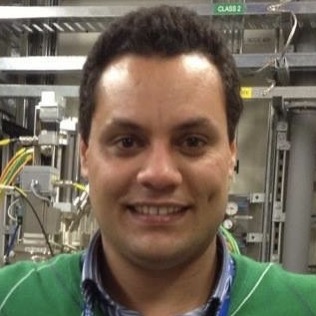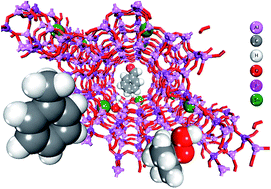Monometallic and bimetallic tin-containing framework architectures have been prepared by hydrothermal methods. Structural and spectroscopic techniques were used to probe the nature of the solid-acid sites, at the molecular level, using a combination of XRD, DR UV-Vis, solid state MAS NMR (119Sn, 27Al and 31P) and XAFS. The nature and strength of the solid-acid sites were experimentally probed by FT-IR spectroscopy using CD3CN as a probe molecule. To elucidate further the local-structure, the structural characteristics of the Sn sites were probed using DFT calculations, with a view to rationalising the experimental findings. These detailed structural and spectroscopic studies revealed the presence of multiple Sn environments, with the monometallic SnAlPO-5 catalyst displaying a greater number of tetrahedral Sn(IV) active centres. These framework Sn(IV) centres generated strong Lewis acid sites, when compared with their bimetallic Co–Sn analogue, thereby affording attractive possibilities for modulating catalytic reactivity.


